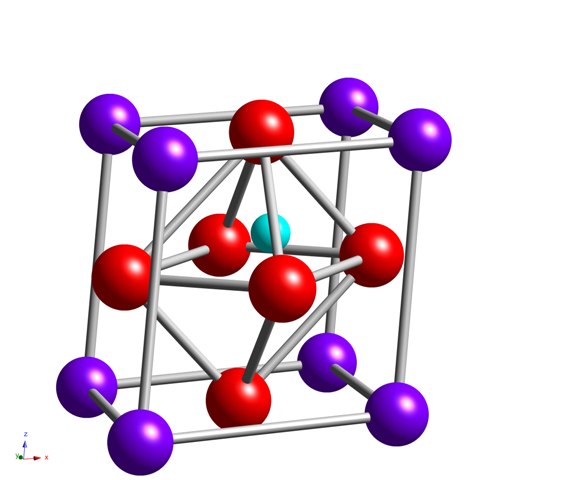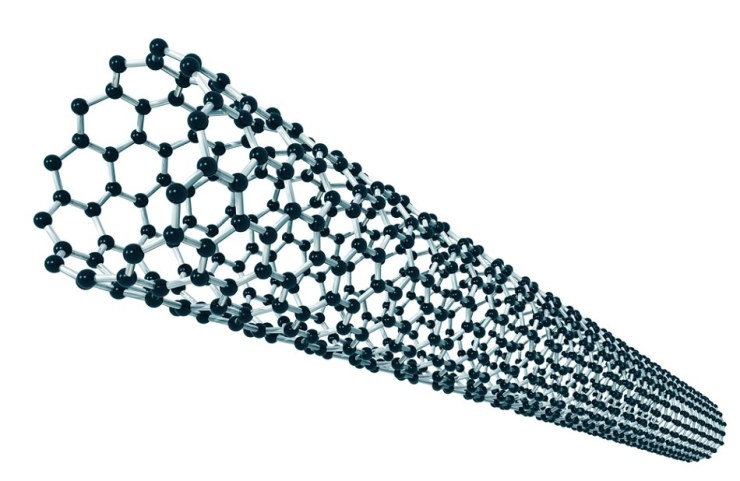
The History
Piezoelectrics are materials that can create electricity when subjected to a mechanical stress. They will also work in reverse, generating a strain by the application of an electric field.
The phenomenon was first discovered in 1880 when Pierre and Jacques Curie demonstrated that when specially prepared crystals (such as quartz, topaz and Rochelle salt) were subjected to a mechanical stress they could measure a surface charge. A year later, Gabriel Lippmann deduced from thermodynamics that they would also exhibit a strain in an applied electric field. The Curies later experimentally confirmed this effect and provided proof of the linear and reversible nature of piezoelectricity.
One of the first applications of the piezoelectric effect was an ultrasonic submarine detector developed during the First World War. A mosaic of thin quartz crystals glued between two steel plates acted as a transducer that resonated at 50MHz. By submerging the device and applying a voltage they succeeded in emitting a high frequency ‘chirp’ underwater, which enabled them to measure the depth by timing the return echo. This was the basis for sonar and the development encouraged other applications using piezoelectric devices both resonating and non-resonating such as microphones, signal filters, and ultrasonic transducers. However many devices were not commercially viable due to the limited performance of the materials at the time.
The Applications
The continued development of piezoelectric materials has led to a huge market of products ranging from those for everyday use to more specialized devices. Some typical applications can be seen below:
Industry
Application
Automotive Airbag sensor, air flow sensor, audible alarms, fuel atomizer, keyless door entry, seat belt buzzers, knock sensors.
Computer Disc drives, inkjet printers.
Consumer Cigarette lighters, depth finders, fish finders, humidifiers, jewelry cleaners, musical instruments, speakers, telephones.
Medical Disposable patient monitors, foetal heart monitors, ultrasonic imaging.
Military Depth sounders, guidance systems, hydrophones, sonar.
To know More about Piezoelectric Materials grab the chance and attend the forthcoming Conference: 5th International Conference on Advanced Material Research and Nanotechnology.
Dates of the Conference: May 22-23, 2019
Venue: Rome, Italy
For more Details: Advanced Materials 2019
Follow us on WordPress, Facebook, Google Plus, Linked In, Blogger
WordPress: https://bit.ly/2HyNG3q
Blogger: https://bit.ly/2JTyTFV
Facebook: https://bit.ly/2LNOvba
Twitter: https://bit.ly/2t5iGDa






